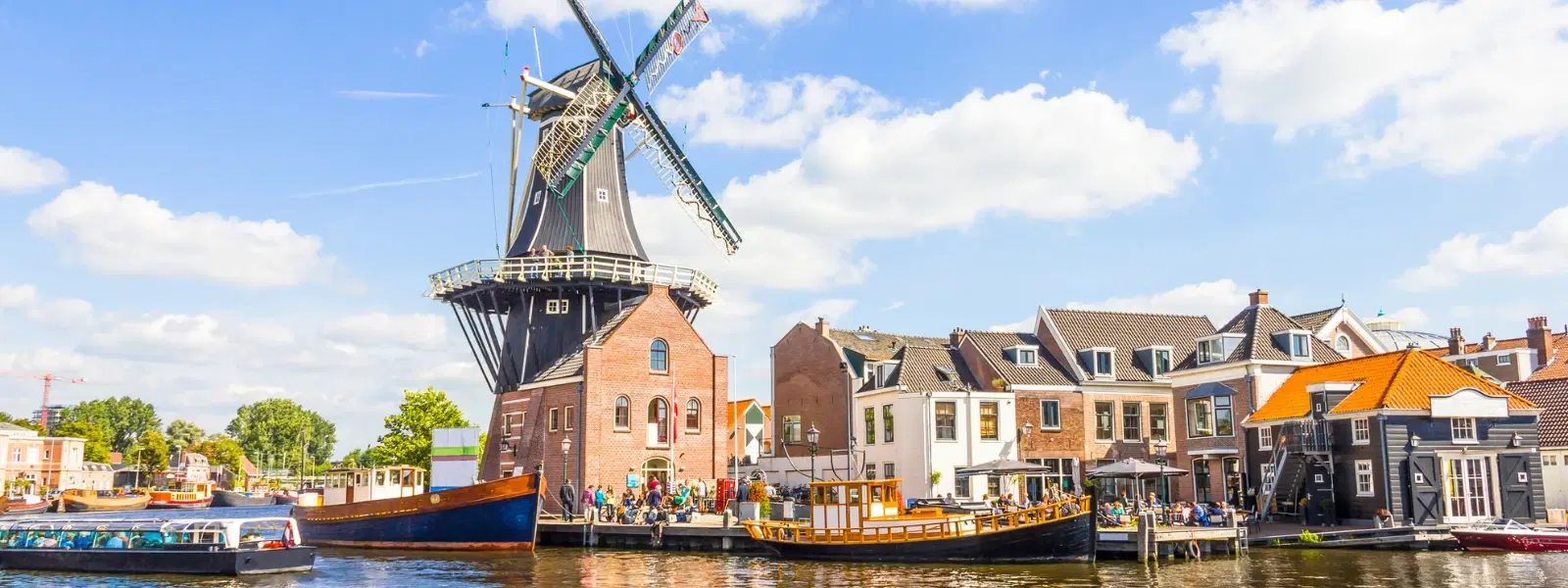
Flights
•03 min read

India is surging toward a renewable future, with ambitious solar energy targets that are reshaping rural landscapes. Imagine villages powered entirely by sunlight, where clean energy not only brightens homes but also fuels community development and self-reliance. This blog explores four pioneering solar villages in India and reveals how each is setting a benchmark in renewable energy, sustainable development, and off-grid solutions.
Solar villages are communities that rely primarily on solar power to meet their electricity needs. These solar-powered systems drive sustainability by offering reliable, eco-friendly energy alternatives in regions where traditional power grids may fall short. In India, solar villages are especially vital in addressing energy poverty, promoting rural development, and progressing toward the nation’s renewable energy goals. They represent a transformation, as solar-powered communities continue to emerge as beacons of hope for sustainable villages in India.
Modhera in Gujarat holds the prestigious title of being India’s first fully solar-powered village. Celebrated for its achievements in clean energy, Modhera stands as a model of energy independence. Central to its success is the robust solar microgrid system that has delivered not only stability in electricity but also numerous benefits for the local community. This solar electrification project provides invaluable insights into how solar microgrids in India can drive progress towards a greener tomorrow, making Modhera one of the foremost green energy villages in the region.
Masali, nestled near a border area in Gujarat, has undergone an impressive transformation into a solar-powered community. Its journey is a testament to how clean energy initiatives in India can foster regional energy security and sustainability. By embracing off-grid solar solutions, Masali plays a pivotal role in advancing solar development in rural areas, setting the stage for further expansion of renewable energy villages across the country.

Dharnai’s inspirational journey from chronic energy poverty to a thriving solar-powered community captures the imagination. This village has embraced off-grid solar solutions to overcome longstanding challenges, demonstrating that community-driven initiatives can successfully harness renewable energy. Dharnai’s transformation offers practical insights into clean energy initiatives India can adopt on a larger scale.
Punsari shines as an example of how innovative use of solar energy can drive rural electrification and sustainable development. With significant strides in solar energy in rural India, Punsari sets commendable benchmarks for others to follow. Its commitment to sustainability reinforces the belief that solar villages in India can thrive through determined local effort and advanced technology.
Solar microgrids are compact, resilient power systems that operate independently from the larger grid. They are instrumental in delivering off-grid solar solutions to remote areas, ensuring that every community benefits from clean and reliable energy. Across India, solar microgrids have made transformative impacts by reducing reliance on fossil fuels. Villages equipped with these systems have experienced improved connectivity, heightened safety, and a surge in local businesses, turning small communities into renewable energy villages.
Despite the promising advancements, solar villages in India face challenges that include funding constraints, maintenance overheads, and occasional lack of technical expertise. For instance, establishing a 1-acre solar farm typically costs between ₹5-7 crore per acre, a significant investment for rural areas. However, the opportunities far outweigh these challenges. Government initiatives, private partnerships, and rapid technological advancements are ushering in a new era for solar initiatives. Schemes like the Solar Village Project are poised to scale the successes of these villages, demonstrating that the future of renewable energy lies in a collaborative vision for sustainable development.
Did you know? Solar villages not only provide clean energy but also boost local economies by creating jobs, improving education, and enhancing healthcare services. They are the cornerstone of sustainable rural development in India.

A solar village is a community powered primarily by solar energy systems, promoting sustainability and energy independence.
Modhera in Gujarat is recognized as India’s first fully solar-powered village.
The cost varies depending on location and technology, but it typically ranges between ₹5-7 crore per acre.
Modhera, Gujarat, is India’s first 100% solar-powered village, showcasing complete energy independence through solar systems.
Solar villages in India are driving a renewable energy revolution that not only illuminates homes but also transforms lives. By embracing clean power, these communities are fostering sustainable development, reducing energy poverty, and carving pathways for a self-reliant future. As we witness their success stories, it becomes clear that scaling such initiatives is critical to achieving both national and global clean energy goals.